Category: Hunting Blog
Velvet Bucks, Fawns, Turkey Poults: Trail Camera Videos | May and June 2020
The velvet antlers are growing nicely on some of the bucks in these ReConyx trail camera videos. The bucks get up close and personal with the cameras as they browse.
A healthy crop of fawns here at The GrowingDeer.tv Proving Grounds! Check out these vidoes of does with their fawns in May and June 2020.
“
If you want to get to see more bucks that are on your property – find a fruit tree that is producing now and place a trail camera nearby! Soft mast trees like peaches will draw in all kinds of critters – deer, possums, raccoons! We had not seen any of these bucks on our other trail cameras so this was an easy way to get more in tune with the local bucks!
A short video compilation of hen turkeys with their poults from late May to mid-June 2020. Listen to the hens purr as they walk along with their little broods!
Archery Practice Tip 3: Get Higher
Many deer hunters hunt from an elevated blind or stand. It’s important to practice for those shot opportunities.
Standing at a higher elevation (even on top of a small hill in the yard) and shooting at a target lower in elevation can help you prepare for fall.
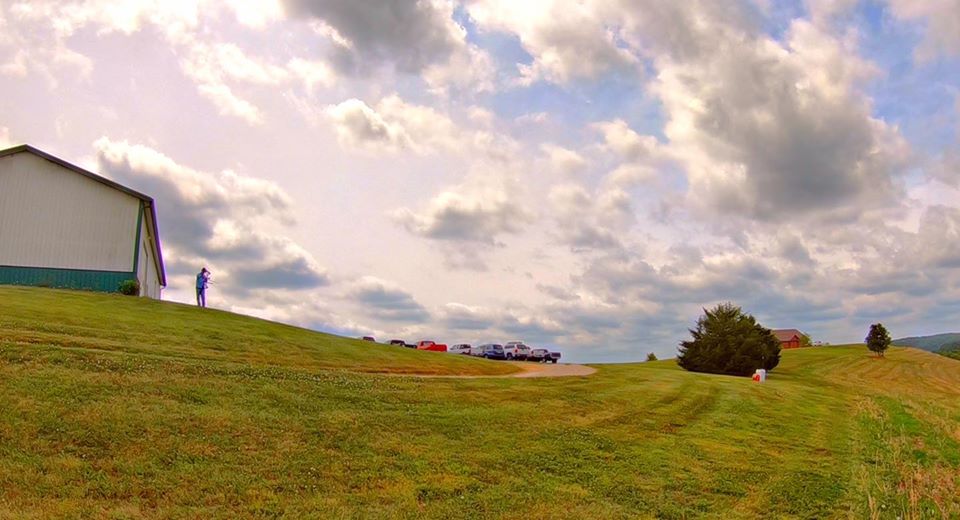
Archery Practice Tip 2: Square Up to The Shot, Focus on the Waist Up
Hunters can’t always square up to the shot. Bow hunters should focus on the waist up and not the feet.
Practice keeping your shooting the form the same from the waist up, no matter your stance. You’ll be confident and accurate during many more shot opportunities this fall.
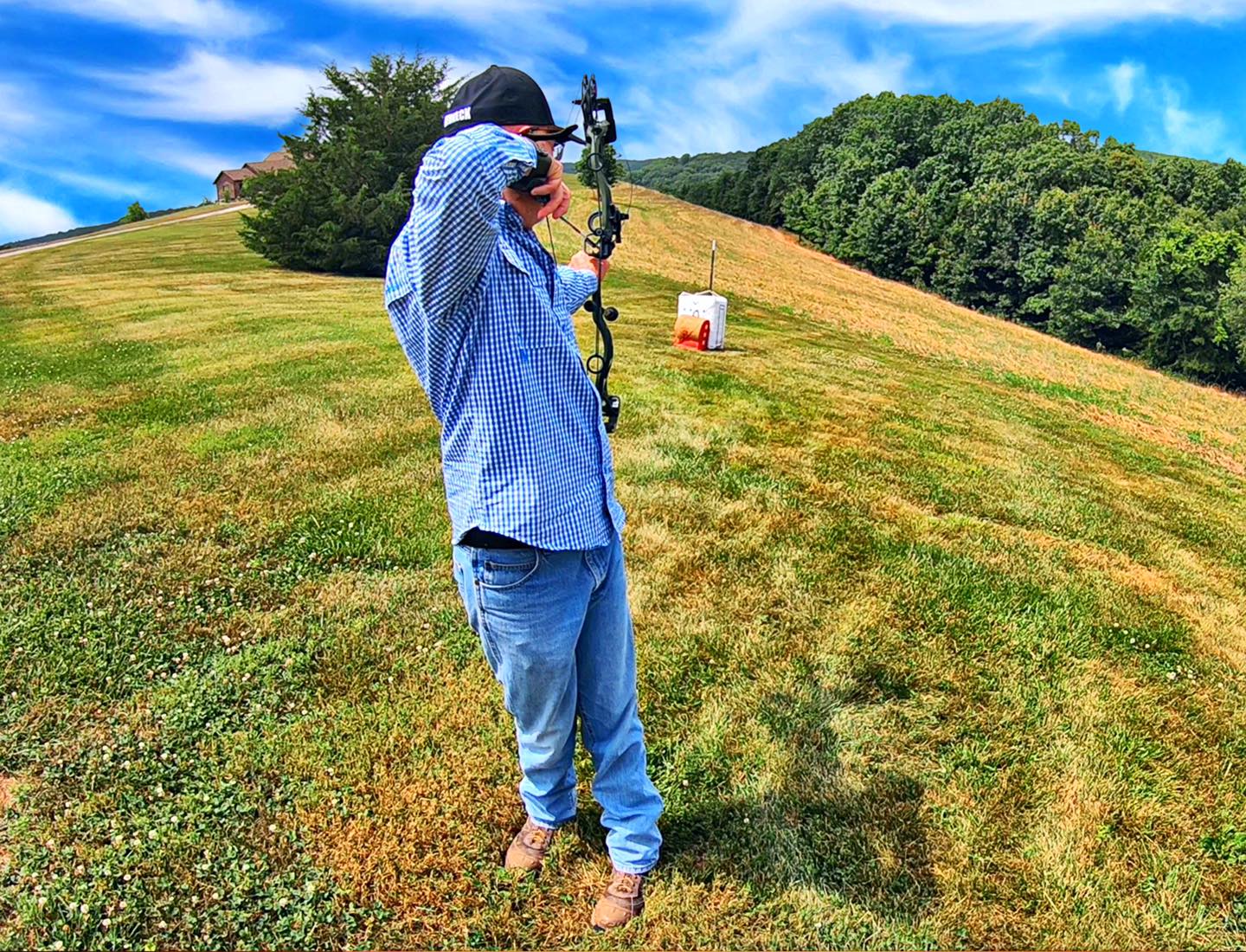
Archery Tip: Aim for the Exit
Imagine the path of the arrow through the target. According to your position in relation to the target, shot placement will vary.
Practice aiming so the arrow enters and exits within the vitals.
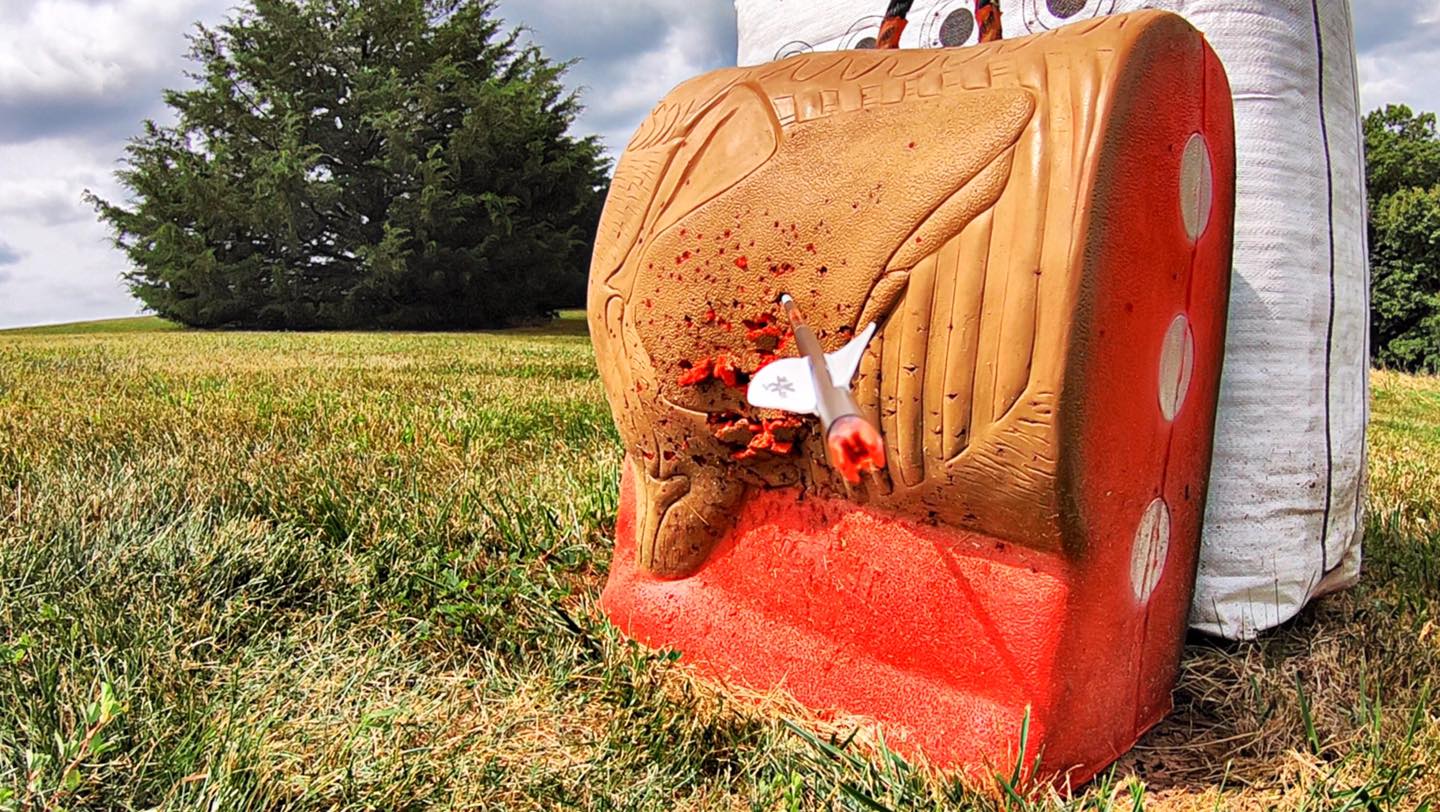
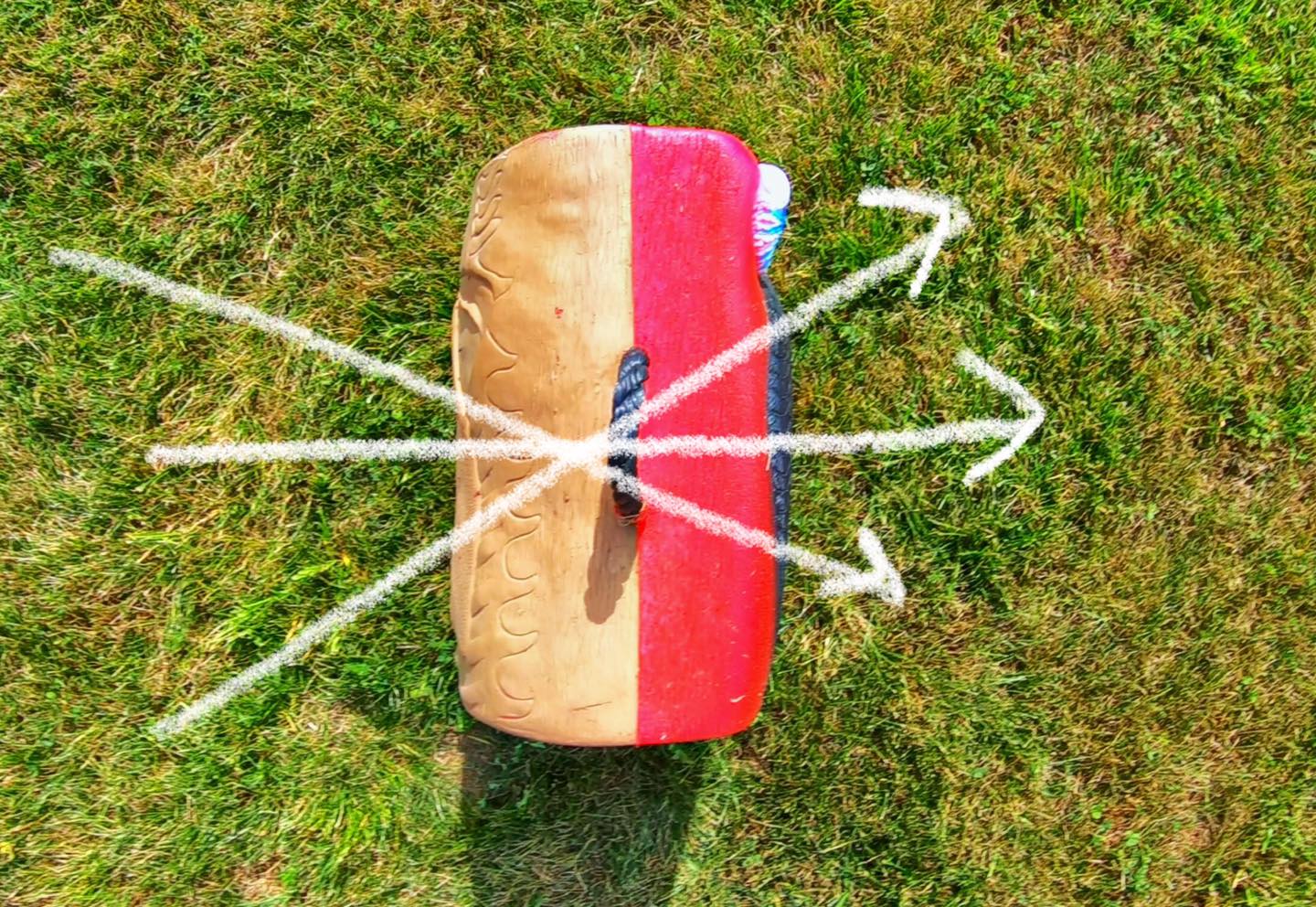
How to Identify Red Oaks Vs. White Oaks by Their Leaves
Knowing which types of acorns deer prefer during the early (from the white oak family) versus late (from the red oak family) season can be a key to hanging stands in locations that fit your hunting schedule.
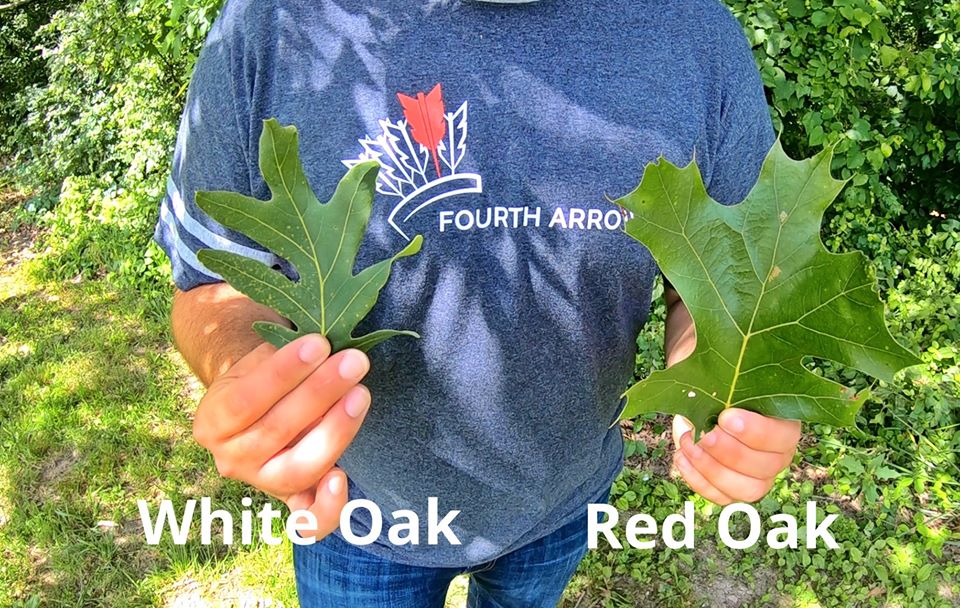
White oaks have rounded leaf tips with deep rounded lobes. Red oaks have pointed leaf tips with burrs or bristles and the lobes may be jagged.
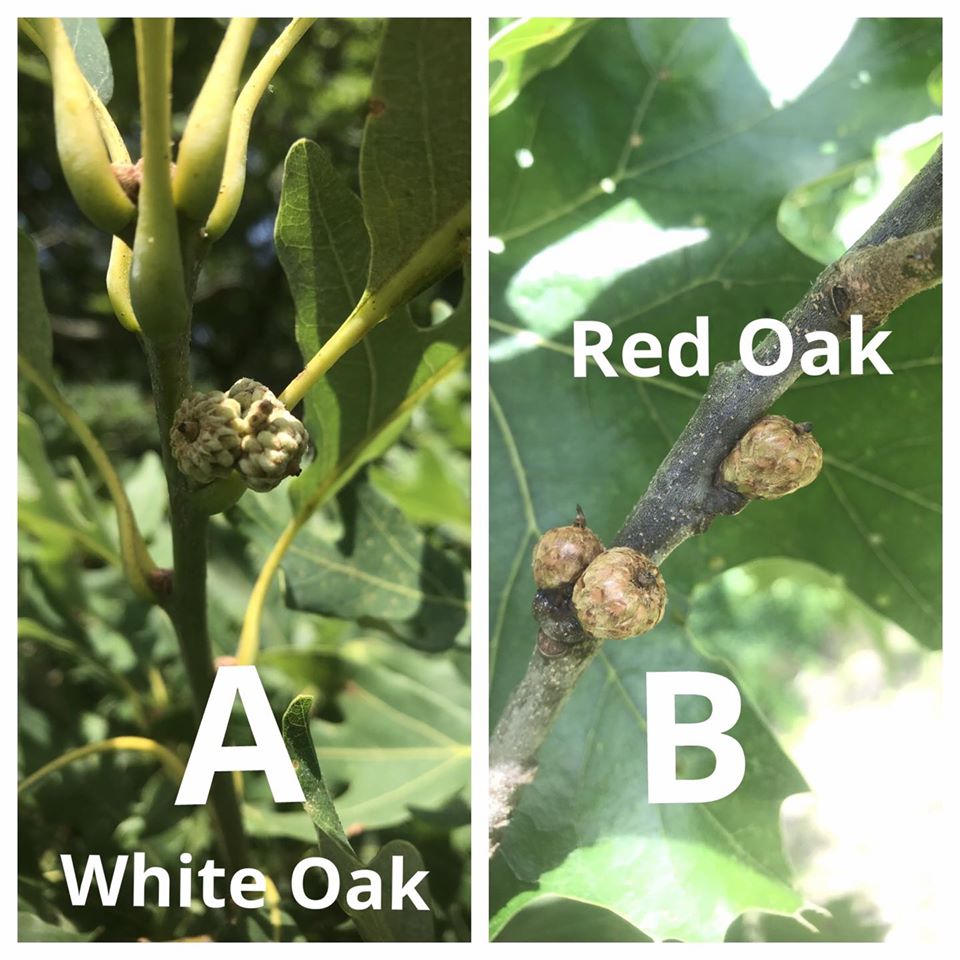
One viewer shared with us that the difference was once explained to him by this analogy: “The red man used arrows: pointed tip leaf, Red Oak. The white man used bullets: rounded point leaf, White Oak.”
White oaks are a super-attractant for deer. They can be an invaluable resource for success in early season. Deer seek and eat fresh white oak acorns. They will abandon most crop fields, food plots, etc., when fresh white oak acorns are available.
Different species of oaks produce acorns with varying quantities of tannic acid. The acid content determines the palatability of acorns, with white oak acorns generally having less acid content than acorns from red oak species. Hence deer tend to prefer acorns from white oak trees during the early portion of the fall. I tend to concentrate on white oak species during the early season. It is possible to hunt a limited resource of the best tasting acorns even among an abundant supply of acorns.
For a good technical guide to identifying white and red oaks check out: http://www.fs.fed.us/foresthealth/technology/pdfs/fieldguide.pdf
If you are more of a visual learner, I share how to identify white oaks at the GrowingDeer episode: https://www.growingdeer.tv/#/deer-hunting-see-more-deer
Great hunts begin long before climbing into the stand. Scouting and planning are key for a successful hunt. We’ll be sharing what we find when scouting acorns in coming episodes!
Enjoy Creation!
Grant
Will Soybeans Grow with a Thick Mulch Layer?
Worried that soybeans won’t be able to grow through a thick mulch layer? Don’t worry, they can!
A soybean is a big seed that has a lot of energy! It will germinate and reach right through that mulch!
Are Insects In Food Plots Good or Bad?
Grant shares why having LOTS of insects present in a food plot is beneficial!
Better Food Plots: Weed Suppression with the Buffalo System
There are many advantages to using cover crops in the Buffalo system. In this video, Grant shares how the buffalo system suppresses weeds!
Habitat Improvement and Hunting Plan: Southern Missouri Example
Daniel and summer intern Scott McAlpine recently toured a property in southern Missouri and worked with the landowner to develop a habitat improvement and hunting plan.
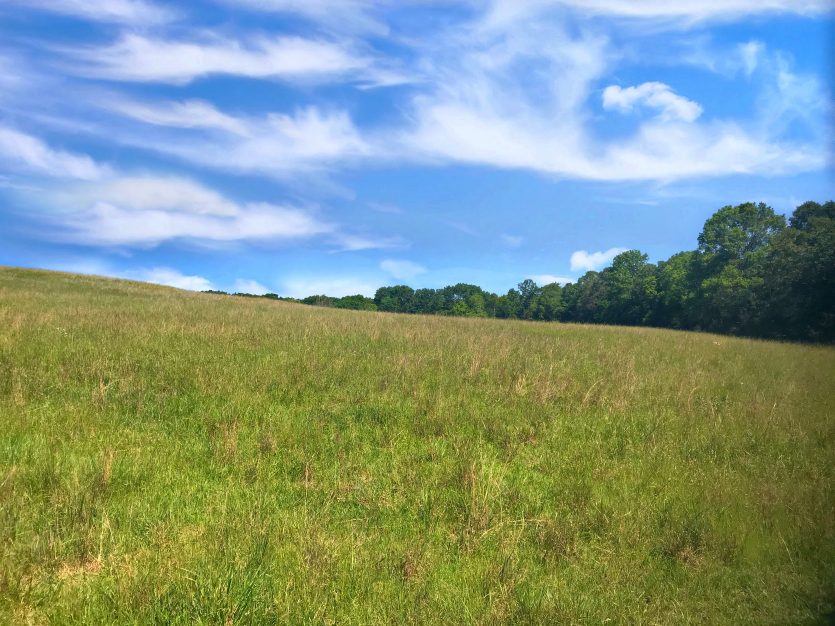
This property had several cattle pastures that could easily be converted into food plots. It is much easier to convert pastures or previously cleared areas into food plots than to clear timber.
Daniel strategically designed plots to create multiple bottlenecks/hunting locations while meeting the landowner’s hunting goals.
While touring Daniel found multiple smilax plants with heavy browse which told Daniel quality food was limited. By adding more quality food deer could express more of their potential and create better hunting opportunities.
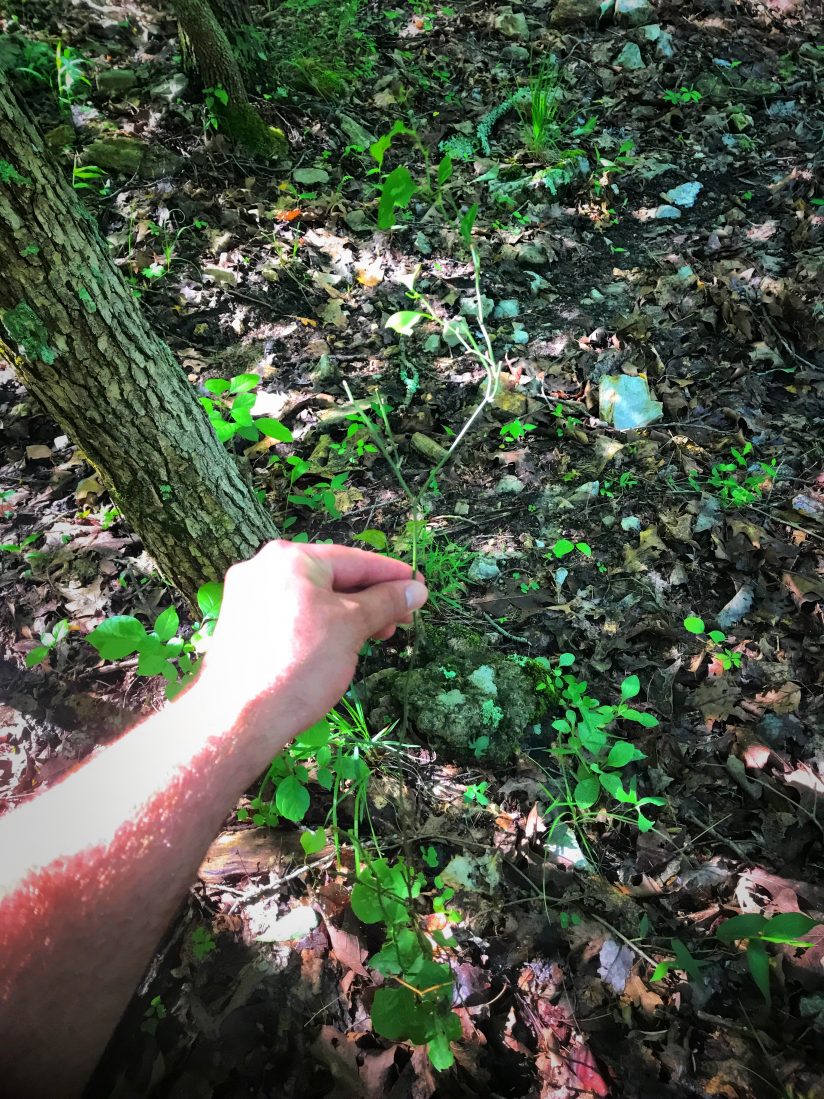
Daniel also recommended the landowner use TSI to open the forest canopy and allow sunlight to reach the forest floor. Through the use of prescribed fire these areas could be managed for native grasses and forbs and provide quality cover and native browse.
After the tour, Daniel sat down with the landowner and used @onxhunt to map out the food plot and TSI locations. The landowner can now use the map in the field as he begins his habitat projects.
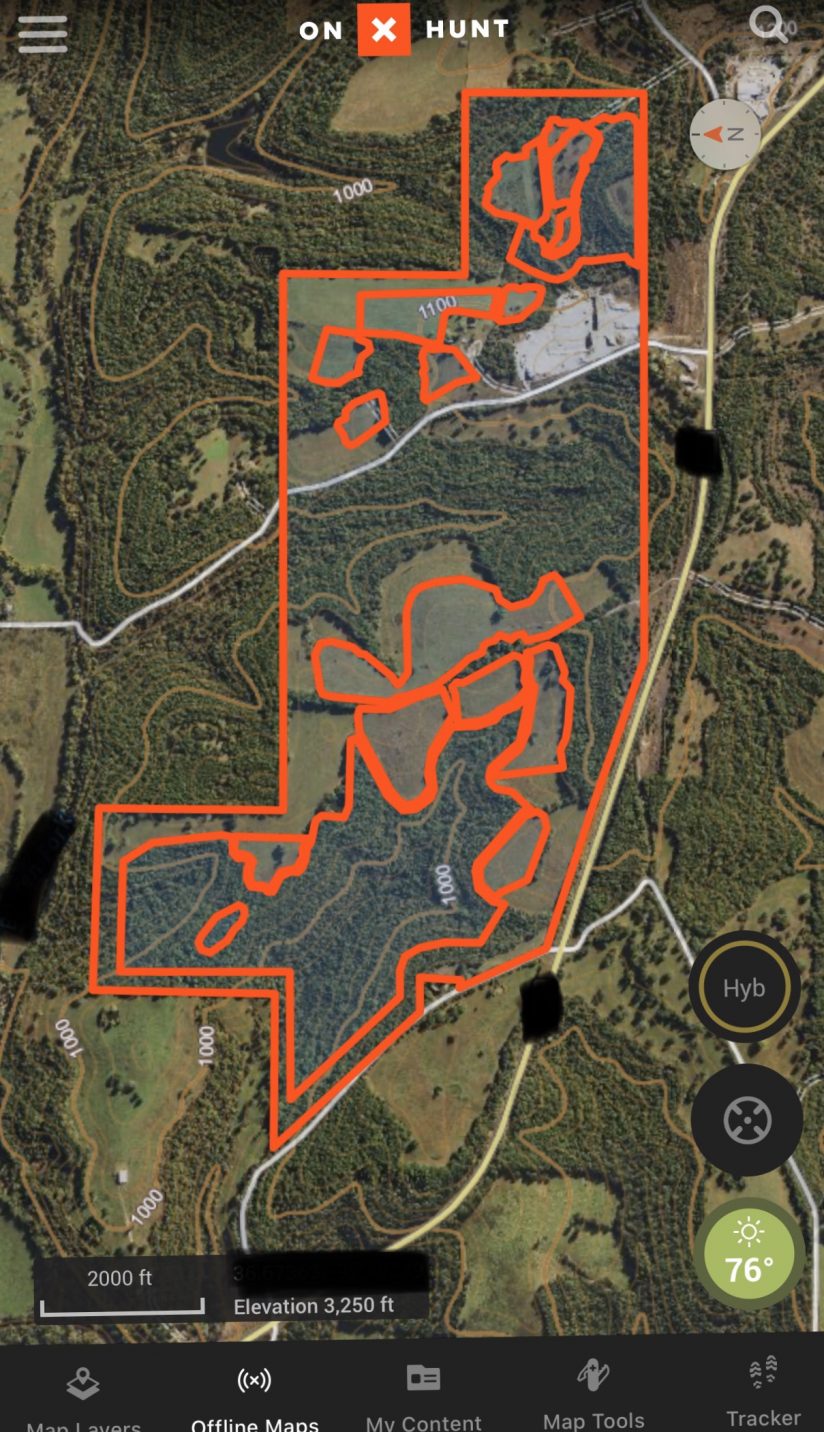
Habitat Management Tips: How to Make This 180-Acre Property Desirable to Deer
Daniel recently toured and designed a habitat improvement and hunting plan for a 180-acre property in southern Missouri. The timber on this property had been harvested during the mid-90’s. The result of this harvest was a closed canopy forest containing low quality trees.
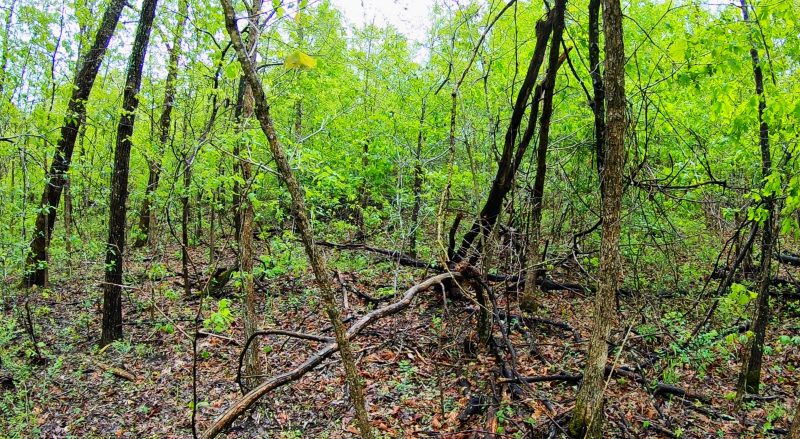
The timber stand offered no quality food or cover for wildlife. There were several stands of cedars that also created a close canopy. Daniel recommended using a chainsaw to fell all the cedars and use hack and squirt to terminate the hardwoods to open up the canopy. The landowner will leave a quality hardwood tree every 50 yards or so but terminate the rest. This will create a great savanna habitat of scattered trees and vegetation growing below. With sunlight reaching the ground and management through prescribed fire, native grasses and forbs will flourish, providing great cover and browse.
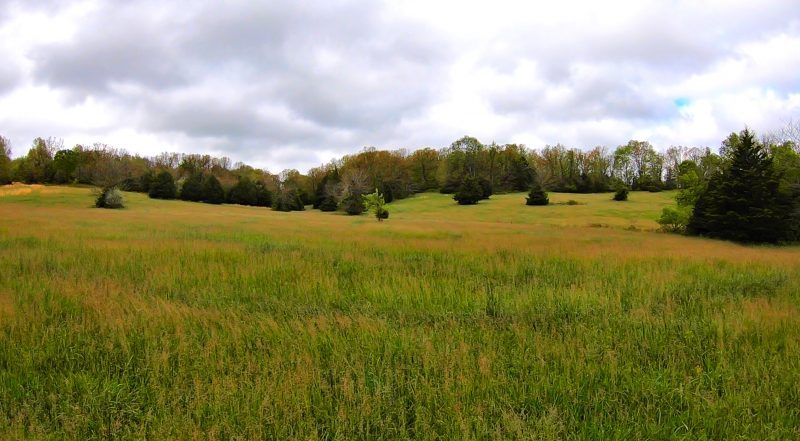
There were also several large hay fields. These fields could easily be converted to food plots and provide deer quality food and create incredible hunting opportunities. Daniel recommended that the landowner begin implementing principles from the Buffalo System to improve the soil and provide deer forage throughout the entire year.
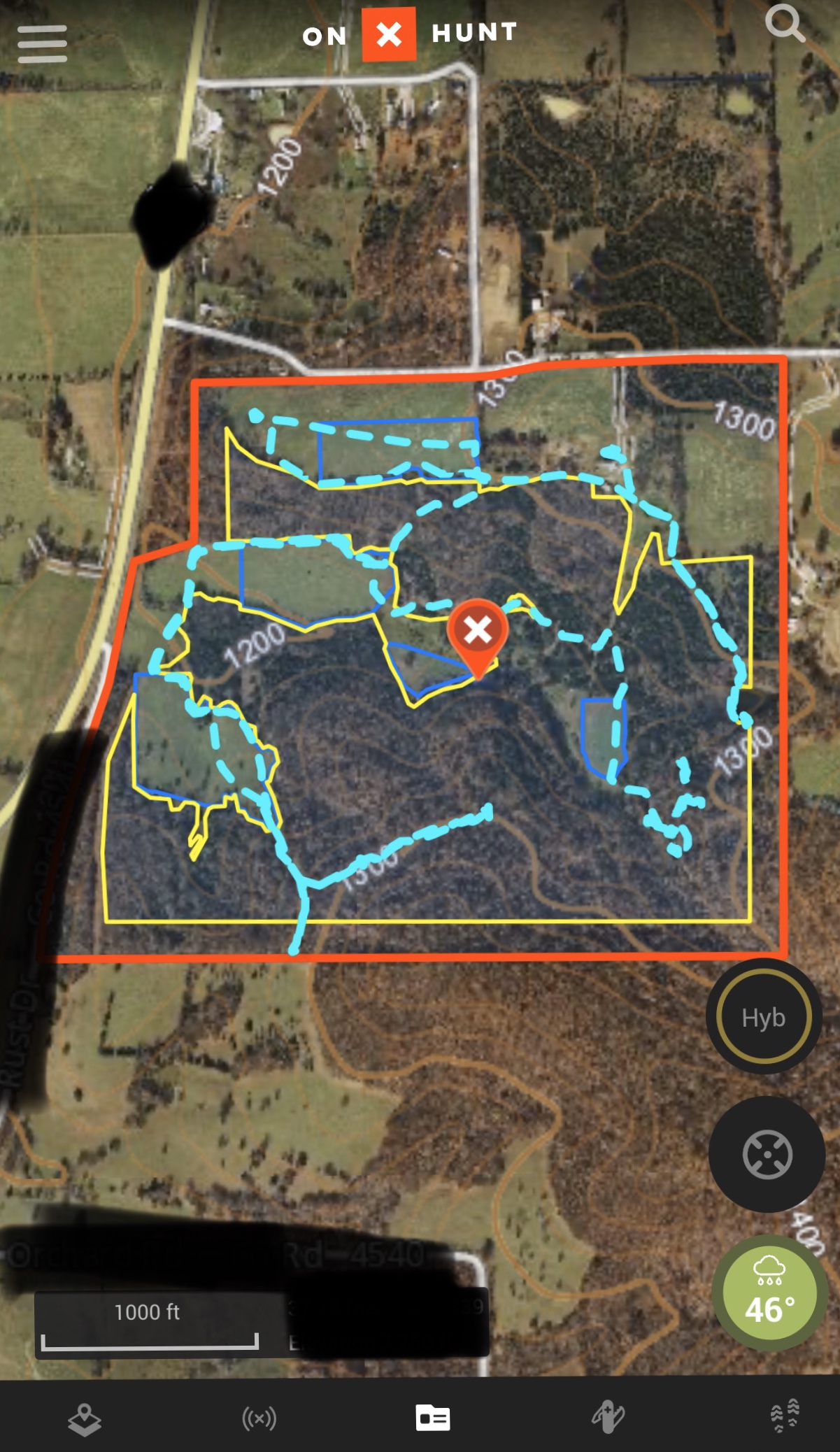
After touring the property (see Daniel’s Tracks from OnX), Daniel drew up a plan that increased quality food, provided quality cover, and great hunting locations. In an area that is mostly cattle pasture and low-quality timber, these improvements will make this property one of the most desirable to deer as they seek quality food and cover. We look forward to updates from the landowner and hearing about his hunting seasons!



